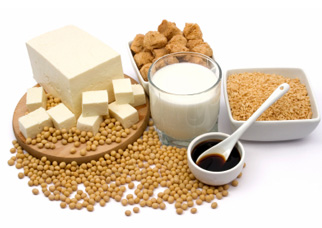Hello 2015, Good-bye Extra Holiday Pounds!

How to Get Back on Track after the Holidays
It can be challenging for a lot of people to get back on track after the holidays, but it doesn’t have to be. Here are a few tips to help you get started for 2015!
Find your motivation
- How do you get motivated? Ask yourself what motivates you?
- Why do you want to lose weight? Is it for your children so you can live longer to see them grow up, is it to look and feel better or is it a combination of things?
- Know why you want to lose weight and use it as motivation.
- Write those motivators down and look at them frequently to remind yourself why you are doing what you are doing.
- Boost your motivation by promising yourself a non-food reward when you reach your goals.
- Get support from others working towards the same goals, but remember, each person is different and it’s okay if your plan is different than someone else.
Have a plan and set goals for yourself
- Not having a plan is one of the top reasons for not having motivation or success, so create a plan that will work for you.
- When you are setting goals, be realistic and specific. Example: Instead of saying “I’m going to eat more vegetables…” you could say, “I’m going to eat a serving of vegetables every day this week”.
Think small
- Most people start off the year in full swing with grand, sweeping changes. Unfortunately for most, these changes will never stick.
- Start out small and build yourself up. Example: Instead of saying “I’m going to exercise every day” you could say, “I’m going to start exercising for 20 minutes two days a week”.
- You must break the “all or nothing” mentality.
- Just remember that “Slow and Steady Wins the Race”.
Go easy on yourself and drop the guilt
- After the holidays, everyone always feels so guilty for enjoying themselves. STOP! That won’t help with anything.
- You didn’t fall off the wagon; you just hit a speed bump, so move forward and know that tomorrow is a new day.
- When you are making healthy behavioral changes, know that failure is part of the process.
- Don’t give up if you experience setbacks or failures, be patient.
- Being healthy and fit doesn’t take perfection; so don’t be so hard on yourself.
- Always remember the 80/20 rule- 80% of the time make healthy choices, 20% of the time, enjoy yourself and indulge every once in awhile.







